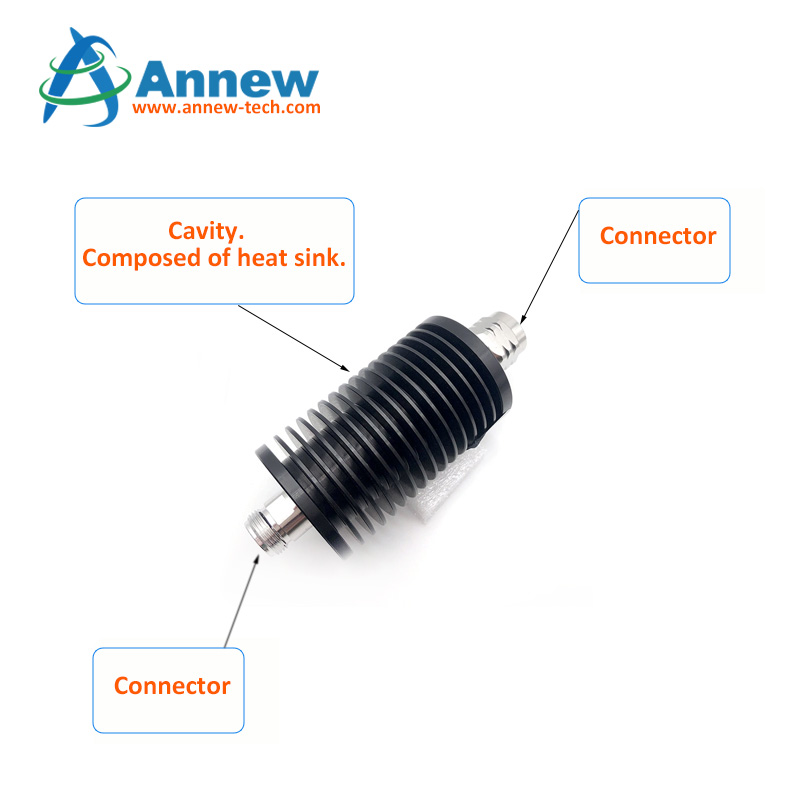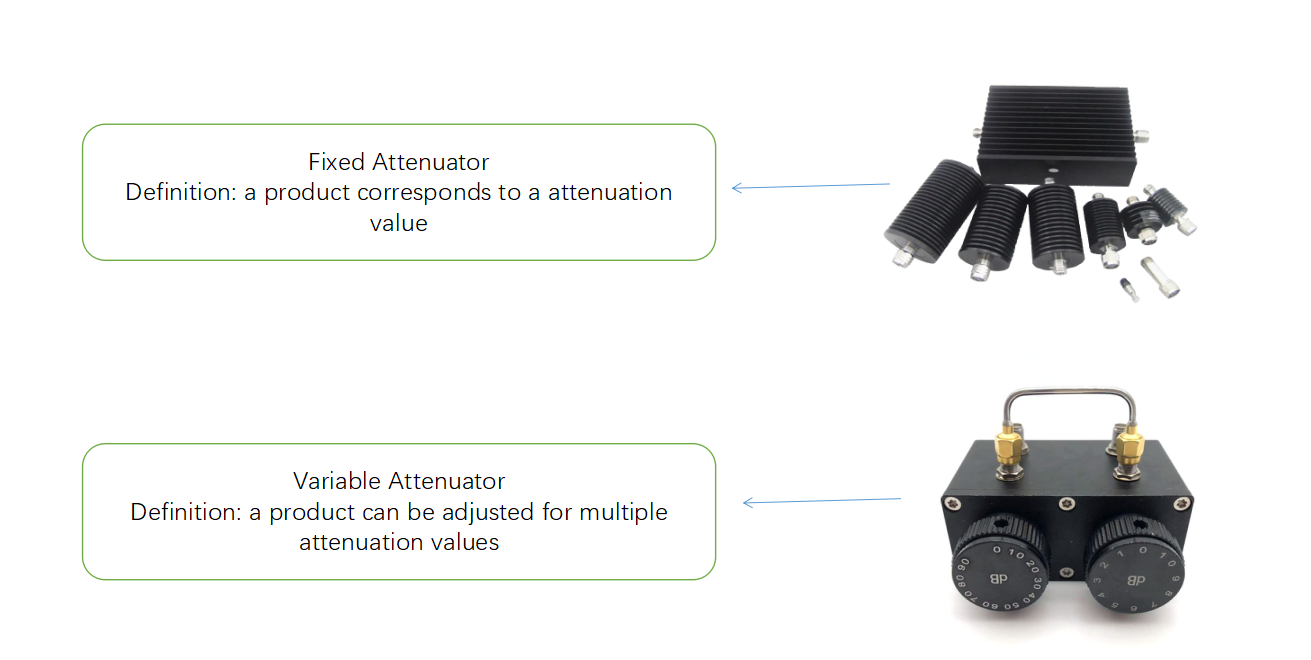Attenuator Basic Knowledge
Attenuator is an electronic component that provides attenuation. It’s widely used in electronic equipment. Its main uses are:
(1) Adjust the signal stength in the circuit;
(2) In the comparison measurement circuit, it can be used to directly read the attenuation value of the network under test;
(3) Improve impedance matching. If some circuits require a relatively stable load impedance, an attenuator can be inserted between this circuit and the actual load impedance to buffer the change in impedance.

The main parameters:
(1) Frequency Range: DC-3GHz is commonly up to 50GHz
(2) Attenuator Value: 3dB, 6dB, 10dB, 20dB…
(3) Power Rating: Commonly 2-300W
(4) Connector Interface: DIN (7/16), N, 4.3-10, SMA
(5) VSWR (Voltage Standing Wave Ratio): Commonly 1.15, 1.20, 1.25, 1.30
(6) PIM (Passive Inter-modulation): Commonly it’s not requirement (-110dBc) or -150dBc, -155dBc, -160dBc
(7) Application: Indoor or outdoor, depending on waterproof rating
Product Categories:
Attenuators are mainly classified into fixed attenuator and adjustable attenuator according to their functions. Adjustable attenuators are divided into manual step attenuators and programmable attenuators. Fixed attenuators are divided into chip, coaxial and wave-guide attenuators, also known as lumped parameter attenuators. A variable optical attenuator (VOA for short) is an important optical passive device in optical fiber communication. It realizes real-time control of signals by attenuating transmitted optical power.




